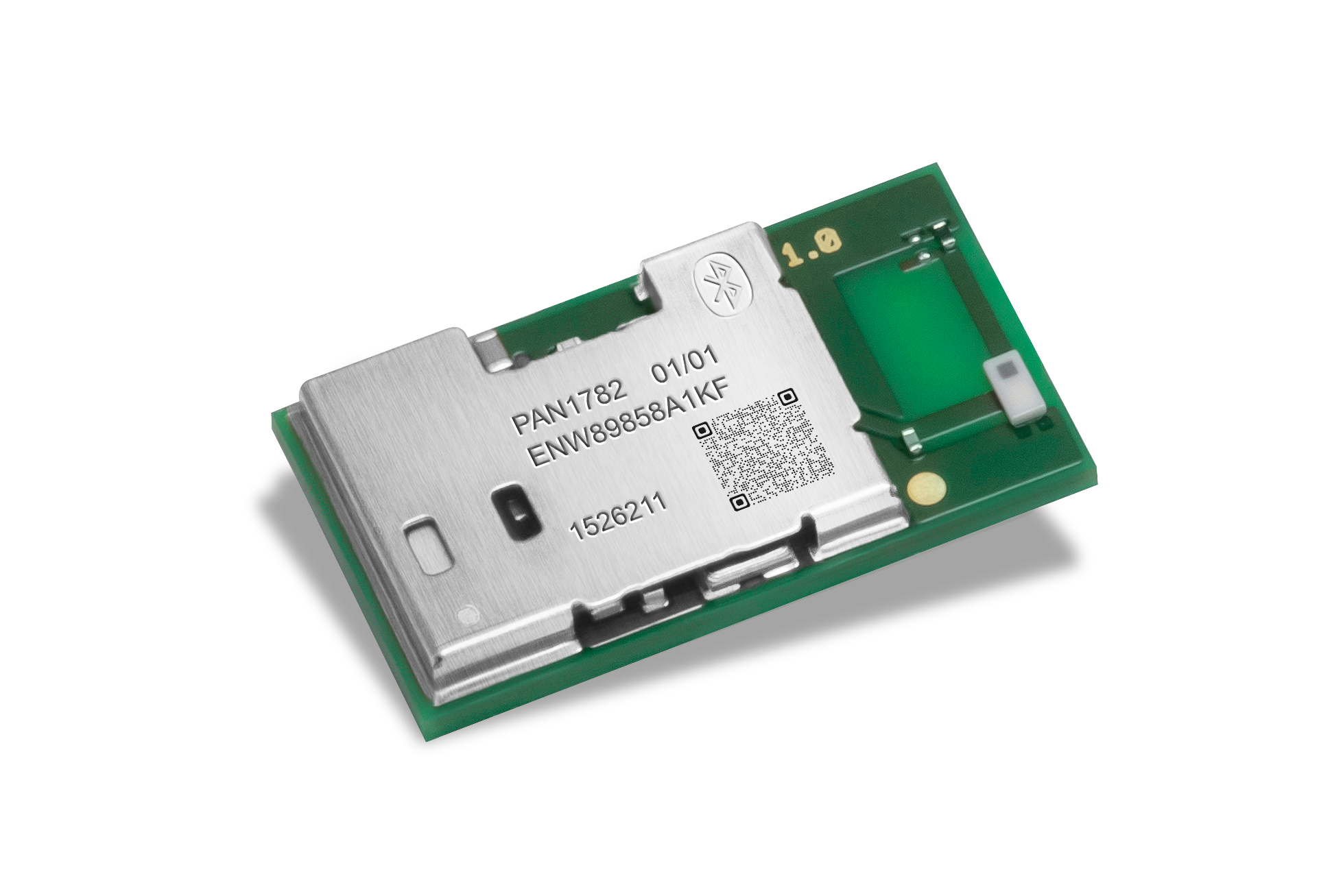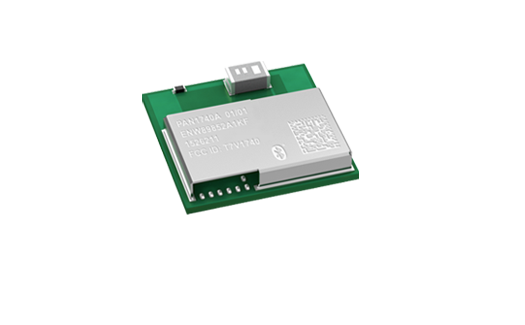PAN1782 Series
PAN1782 Series Bluetooth® 5.3 Low Energy Module
Panasonic’s Bluetooth® 5.3 LE RF Module Featuring Angle of Arrival and Angle of Departure Direction Finding
Panasonic's PAN1782 Series Bluetooth® 5.3 Low Energy Module is based on the Nordic nRF52833 single-chip controller, allowing for much larger amounts of data broadcasted in connectionless scenarios. Bluetooth® 5.3 features a higher symbol rate of 2 Mbps using the high-speed LE 2M PHY or a significantly longer range using the LE Coded PHY at 500 kb/s or 125 kb/s. The new channel selection algorithm, CSA#2, improves performance in high-interference environments.
The output power of up to 8 dBm and the high sensitivity of the nRF52833, combined with the LE Coded PHY, make the module very attractive in applications with long-range requirements. The PAN1782 Series includes up to 16 shared general purpose I/O’s (GPIO), with up to 4× SPI, 2× I²C, 2× UART, 8CH ADC, COMP, QDEC, NFC-A, 4× PWM, nRESET but limited by the number of available GPIO ports.
In addition, the ultra-low current consumption of the PAN1782 Series makes the module an ideal choice for battery-powered devices. With the ARM® Cortex®-M4 processor, 128 kB RAM, and the built-in 512 kB flash memory, the PAN1782 Series can easily be used in standalone mode, eliminating the need for an external processor, saving complexity, space, and cost.
Using Bluetooth, the PAN1782 Series supports angle of arrival (AOA) and angle of departure (AOD) direction finding, suitable for asset tracking and inventory management. It also features a 128-bit AES/ECB/CCM/AAR co-processor for on-the-fly packet encryption. This module supports Type 2 Near Field Communication or NFC-A for simplified pairing and payment solutions with an external antenna.
The PAN1782 Series Evaluation Board is also now available.
General Features and Benefits of PAN1782 Series
- Pin Compatible Hardware Drop-In Replacement for PAN1026A, PAN1762, and PAN1781
- Nordic nRF52833 featuring ARM® Cortex®-M4 processor running with 64 MHz
- Bluetooth® 5.3 LE, Including LE 2M and LE Coded PHY
- Embedded 512 kB Flash Memory and 128 kB Internal RAM
- 128-bit AES/ECB/CCM/AAR Co-processor
- Up to 16 General Purpose I/O’s (GPIO)
- USB 2.0 Full-Speed Device Interface
- Built-in Temperature Sensor
- FCC, Industry Canada, and EU RED Certified
Block Diagram of PAN1782 Series
Applications Suitable for PAN1782 Series
- Industrial IoT/Smart Mesh Network
- Smart Home/Building
- Asset Tracking
- Medical Devices/Patient Monitoring
Additional Technical Characteristics of PAN1782 Series
- Surface Mount Type Dimensions: 15.6 mm × 8.7 mm × 2 mm
- Typical max. Output power: 8 dBm, Configurable from -20 dBm in 4 dB steps and -40 dBm in Whisper Mode
- Sensitivity: -96 dBm at 1 Mb/s and -103 dBm at 125 kb/s
- Typical Current Consumption: 4.9 mA in Tx (at 0 dBm) and 4.7 mA in Rx Mode
- Typical Current Consumption: 0.6 μA in System OFF Mode, 1.5 μA with RTC Wake Up
- On-module DC-DC and LDO Regulators with Automated Low Current Modes
- Voltage Range: 1.7 V to 5.5 V
- Temperature Range: -40°C to 85°C
PAN1782 Series Evaluation Board Information
- PAN1782 module with improved APPROTECT
- Part #: ENW89858AXKF
PAN1782 Series
Part number list
Resources
Learn About the PAN1782 Series Evaluation Board
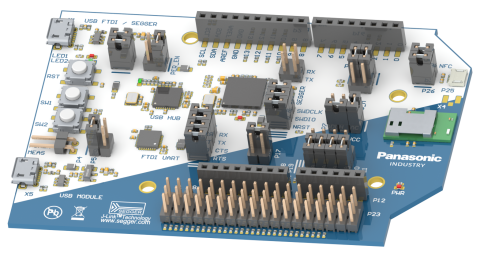
The PAN1782 Evaluation Board is a comprehensive evaluation kit which allows for access to different module interfaces and rapid prototyping of products wit the PAN1782 Series Bluetooth® 5.3 Low Energy Module (now available with APPROTECT) based on the Nordic nRF52833 single chip controller. Test quickly and efficiently, requiring little wiring effort!
PAN1782 Series Evaluation Boards feature one Part Number: ENW89858AXKF
Smart Home Solutions

From comfort and convenience to security and energy efficiency, homes are becoming increasingly intelligent. And the ways we control and monitor our smart environments are constantly evolving to become more automated, integrated, and sustainable. Panasonic offers the electronic components and devices needed to design the next generation of smart home products, from robotic vacuums to voice-activated speakers.
Stay up to date
Playlist
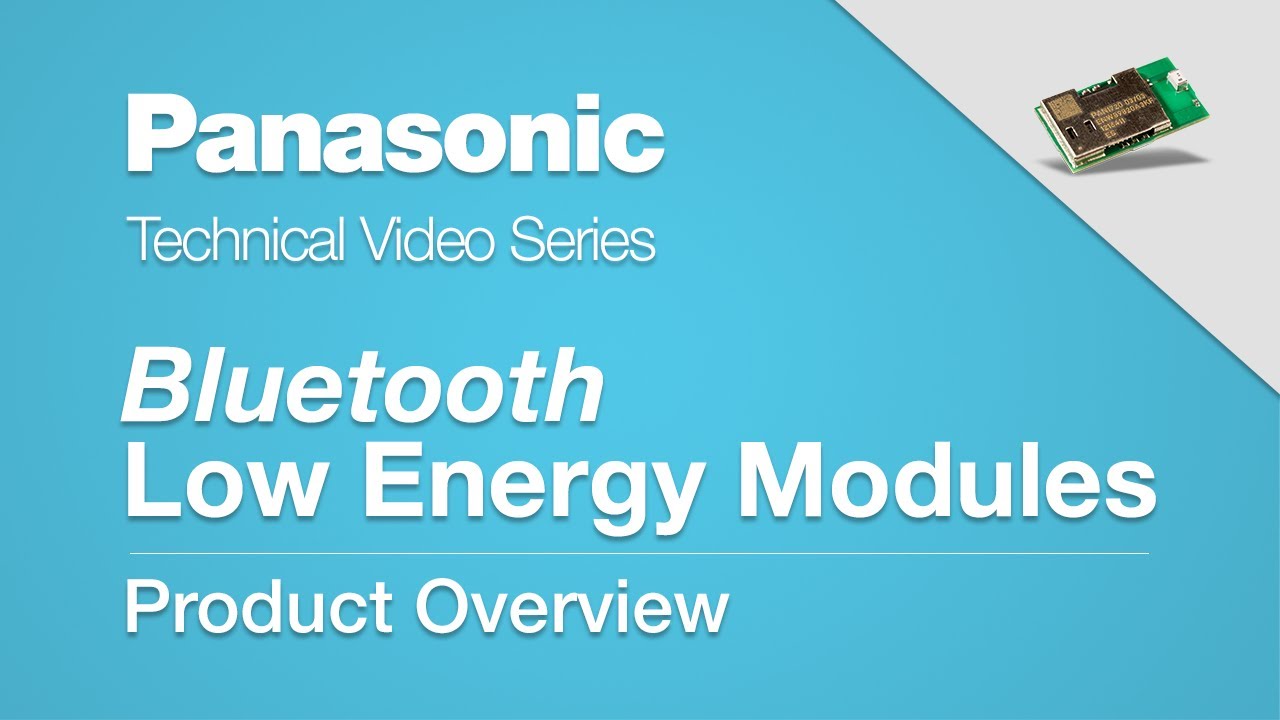
Bluetooth Low Energy Modules Overview
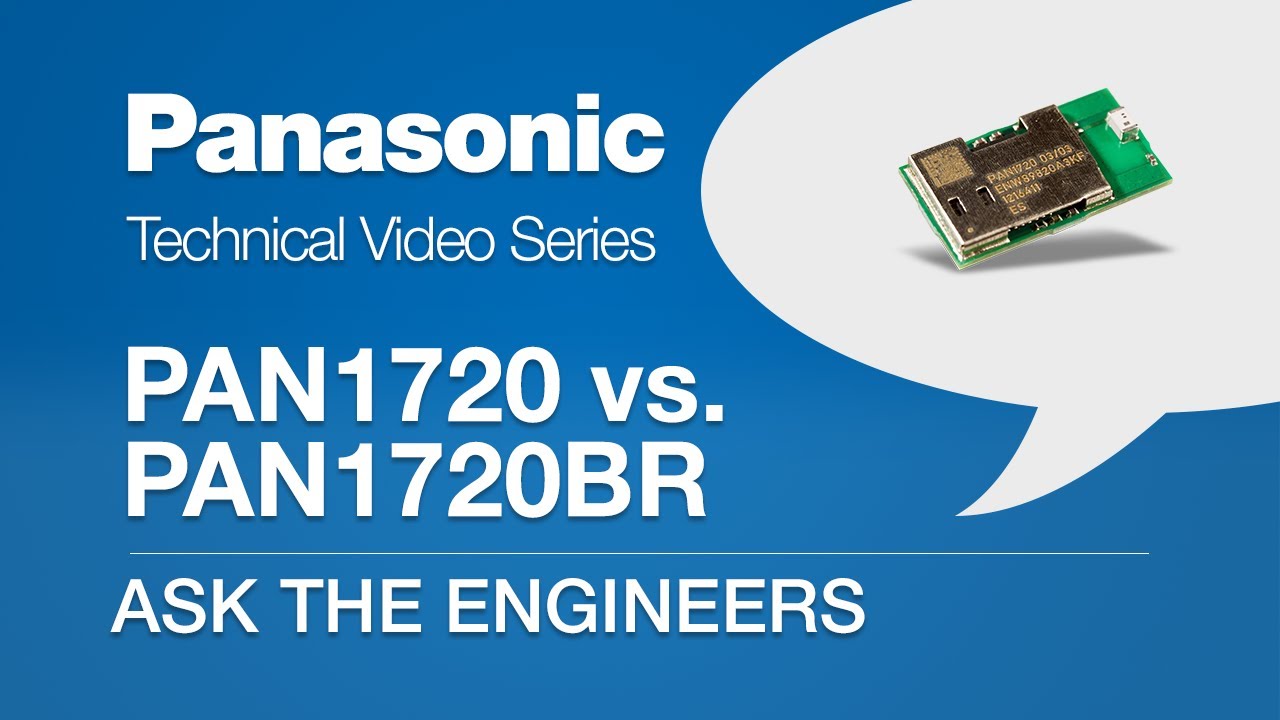
Ask the Engineers - PAN1720 Bluetooth Module

PAN1740 Bluetooth Module Quick Start
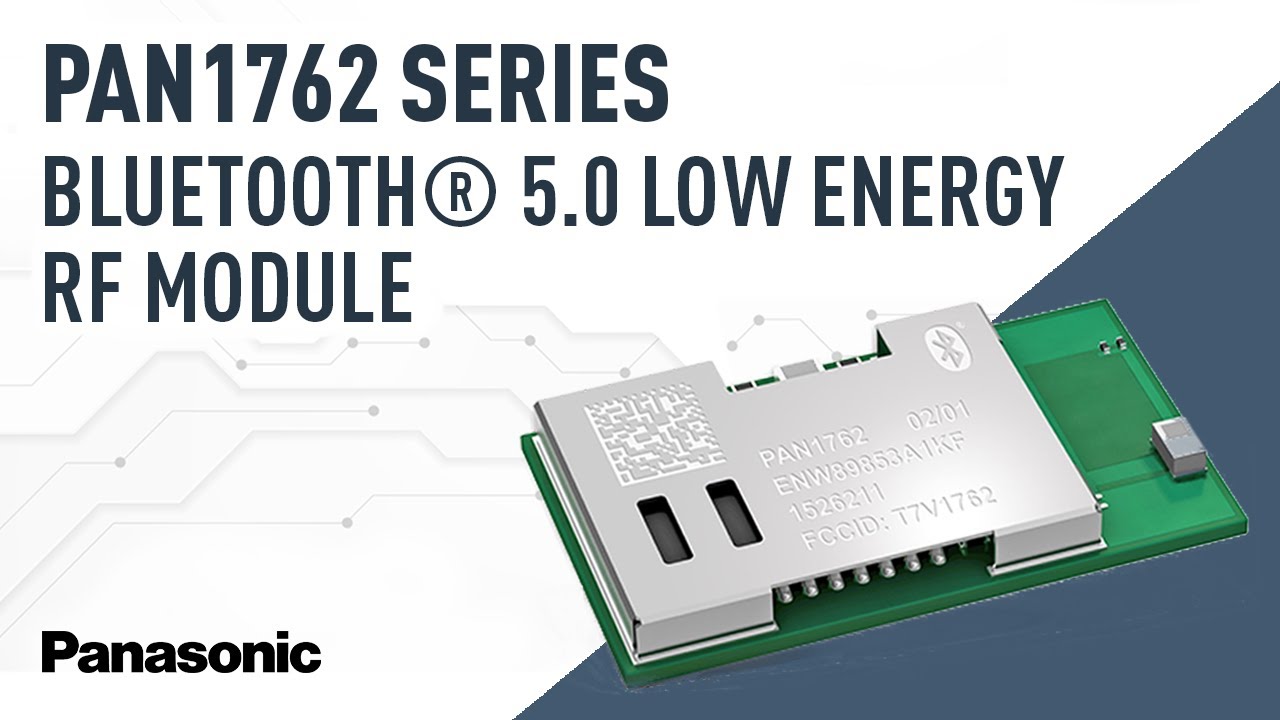
Quick Clips: PAN1762 Series Bluetooth® 5.0 Low Energy RF Module

Quick Clips: PAN1780 Series Bluetooth® 5.0 Low Energy
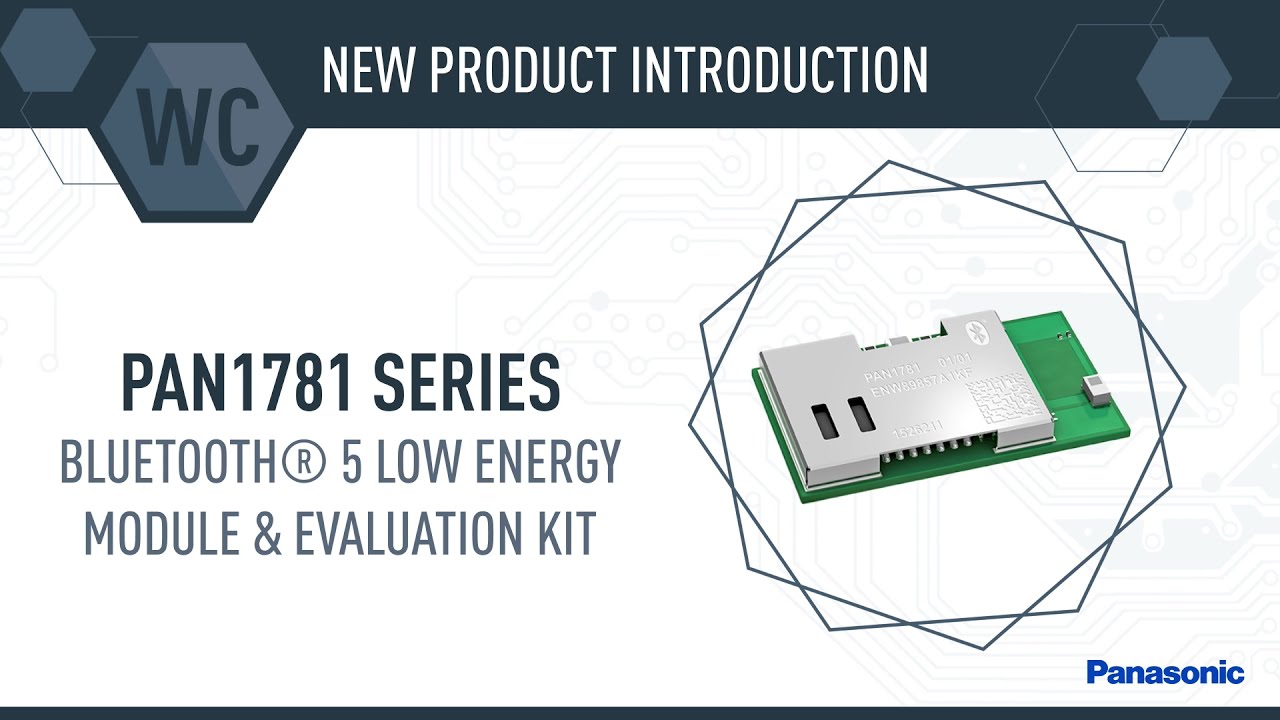
NPI: PAN1781 Series Bluetooth® 5 Low Energy Module and Evaluation Kit

New Product Brief: PAN1770 Series Bluetooth® Low Energy RF Module
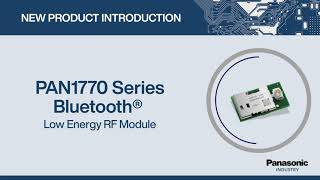
New Product Introduction: PAN1770 Series Bluetooth® 5.3 Low Energy RF Module

New Product Introduction: PAN1782 Series Bluetooth® 5.3 Low Energy Module



